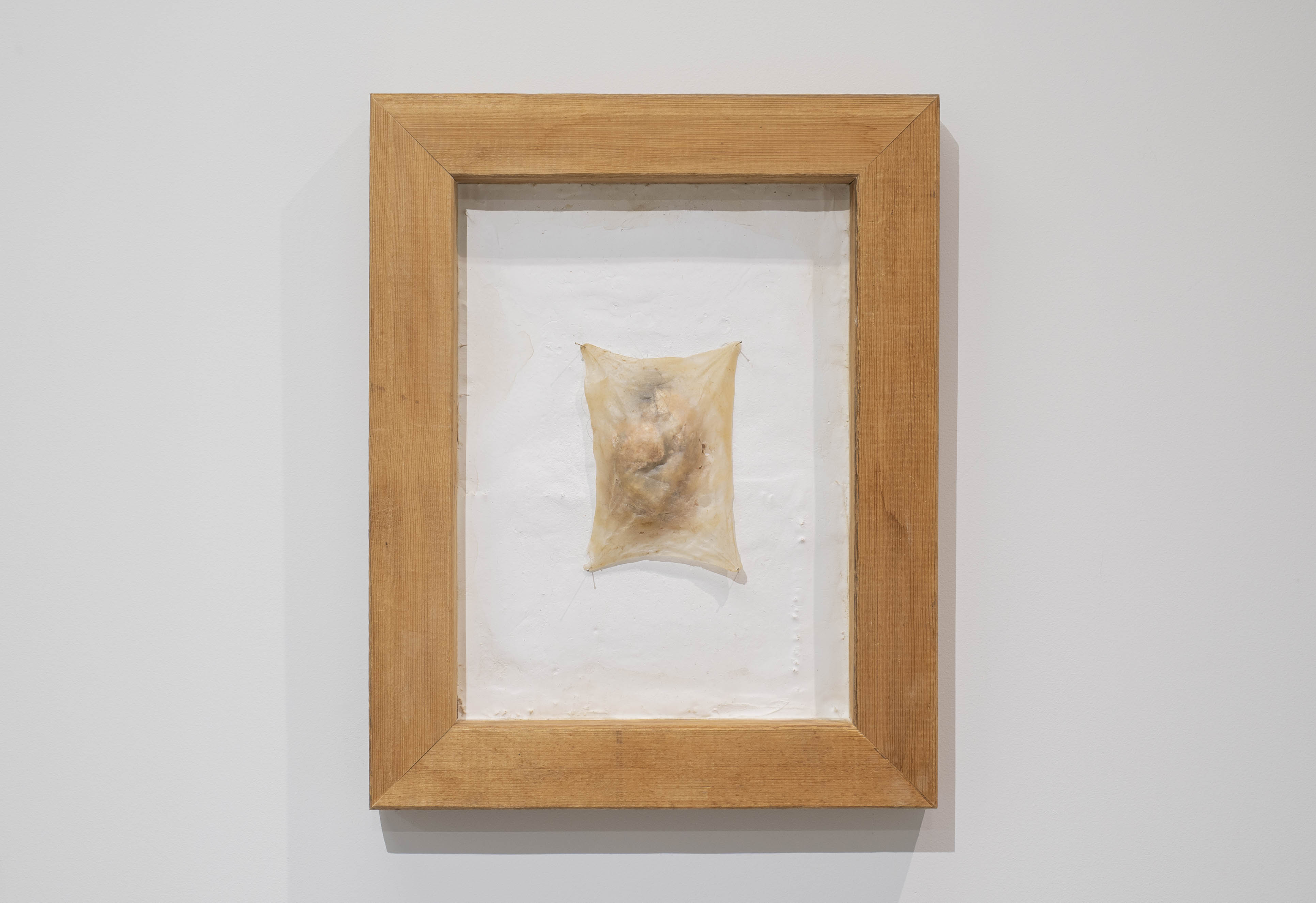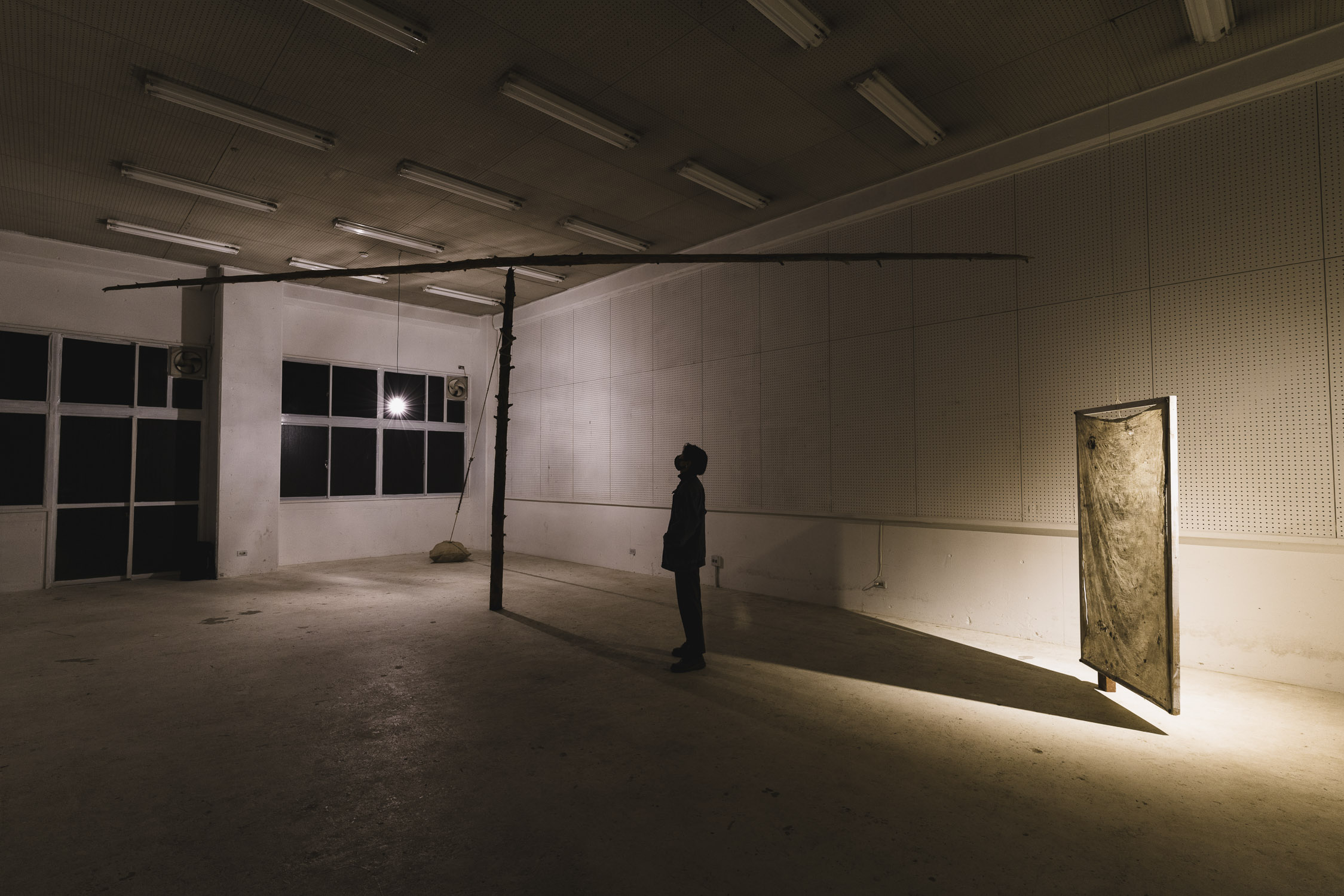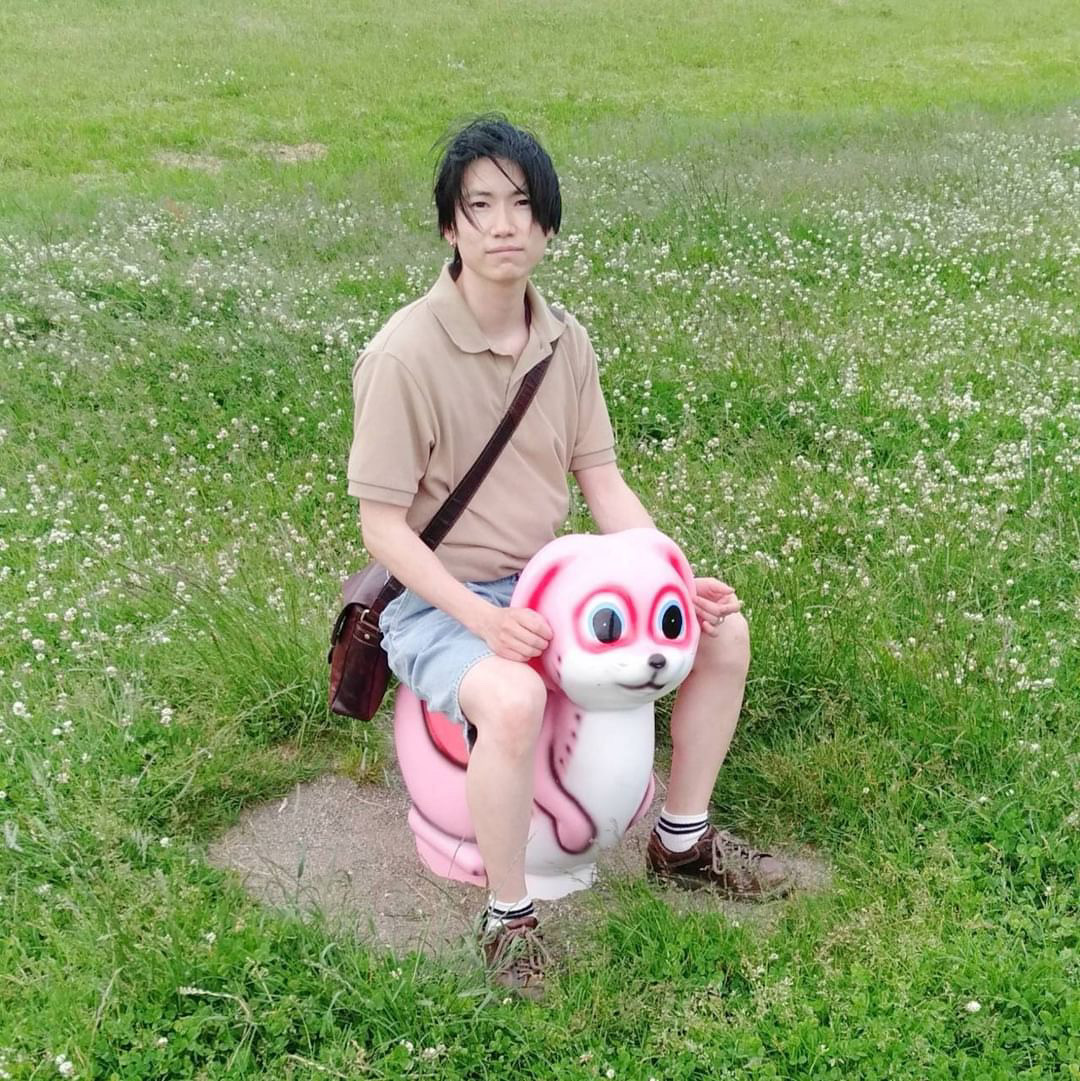Interview: Umi Iwase
Articles
Umi Iwase (b.1998) is a Japanese artist who is based in Akita-prefecture, Japan.
We interviewed Iwase about themselves.
What was your upbringing?
I was born and raised in Suzuka, Mie prefecture, where they have many kinds of factories since it is a city of motorsports. My parents’ job was to make car parts, so I was familiar with making things from an early age. In high school, I went to a school that had an art department, and from there, I began to study to make things. I feel like my initial motivation for applying was not because I wanted to do art but simply because I wanted to see if the uniform had pants. In the end, it was a very good choice. From then on, I was more interested in three-dimensional objects than two-dimensional objects, and I was wondering if I could create a work centered around gender and sexuality. At that time, topics such as LGBTQ and feminism were not covered as much in the media as they are now, so I was wondering if it was okay to choose such a personal theme. This feeling of anguish continued even after I entered the art university in Kyoto, but I just continued to create anyway. I have four older sisters and one younger sister, and I come from a single-mother household, so I think it was inevitable that I would become interested in feminism. After graduating from university in Kyoto, I entered graduate school at the University of Art in Akita. At this point, I finally became clear about what I wanted to create and what I wanted to do, and I was able to devote myself to creating with confidence.

When you grew up, what was your interest as a child/adult?
I liked anime, manga, idols, and sports as much as anyone else. When I was in junior high and high school, I was obsessed with piercings and body modification. As a form of fashion, making holes in your body and adding color to it is very mysterious and still fascinates me.
How did your career as an artist begin?
I think it was after I graduated from university in Kyoto and came to graduate school in Akita. Up until then, my only experience was exhibiting at universities or nearby places, and the people who came to see me were people who knew me. Since coming to Akita, I have had more opportunities to exhibit outside, and I have started to think about what it means to explain my work as an artist. Also, no one at the university in Akita knew me deeply, and I feel like the professors treated me as an artist.

What is your inspiration?
Of course, I go to exhibitions, watch movies, and read books, but I also get a strong feeling when I go for a walk or take care of plants. I guess it’s when I consciously look at the bodies of humans and animals, including myself.
Who is your favorite artist?
There are several favorite artists. Especially have a strong interest in Doris Salcedo.
What excites you the most when you create your work?
I like to work with my hands, so I enjoy every step of the process, but if I had to say the best, it’s when I have an idea for a piece, and when I’m working on the details that are nearing completion. The only thing left to do is to remove the clay from the mold that was used to make the model. That process is very addictive.

Profile
Born in 1998, Mie prefecture. Finished Masters in Akita University of Art Graduate School of Transdisciplinary Arts.
Mainly creating works under the theme of gender by using human hair, leather/skin, concrete, FRP, wood, and iron and creating their sculptures. The aim is to turn our attention to universal violence such as discrimination and question the viewer’s sense of responsibility.
Related Links
There are no related links.
